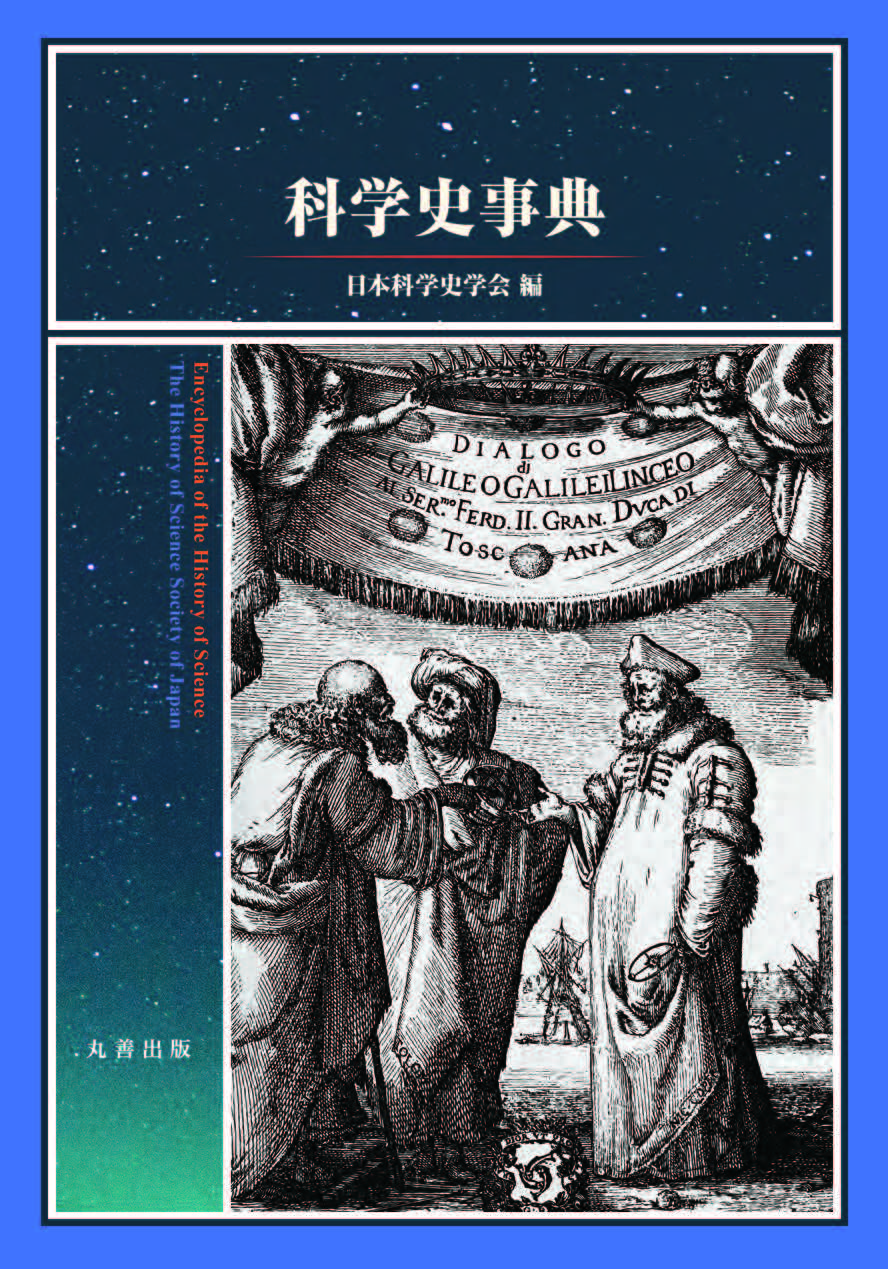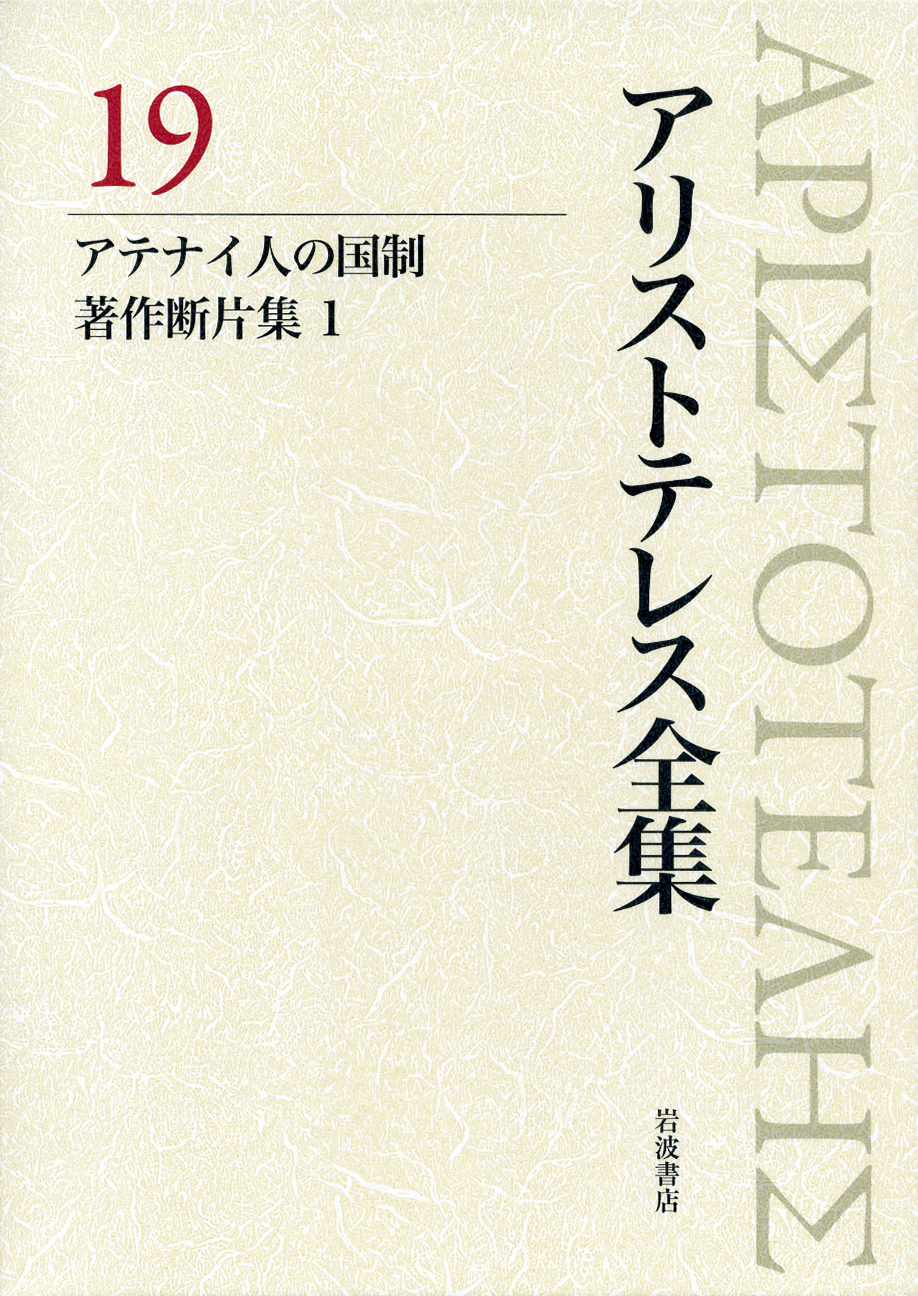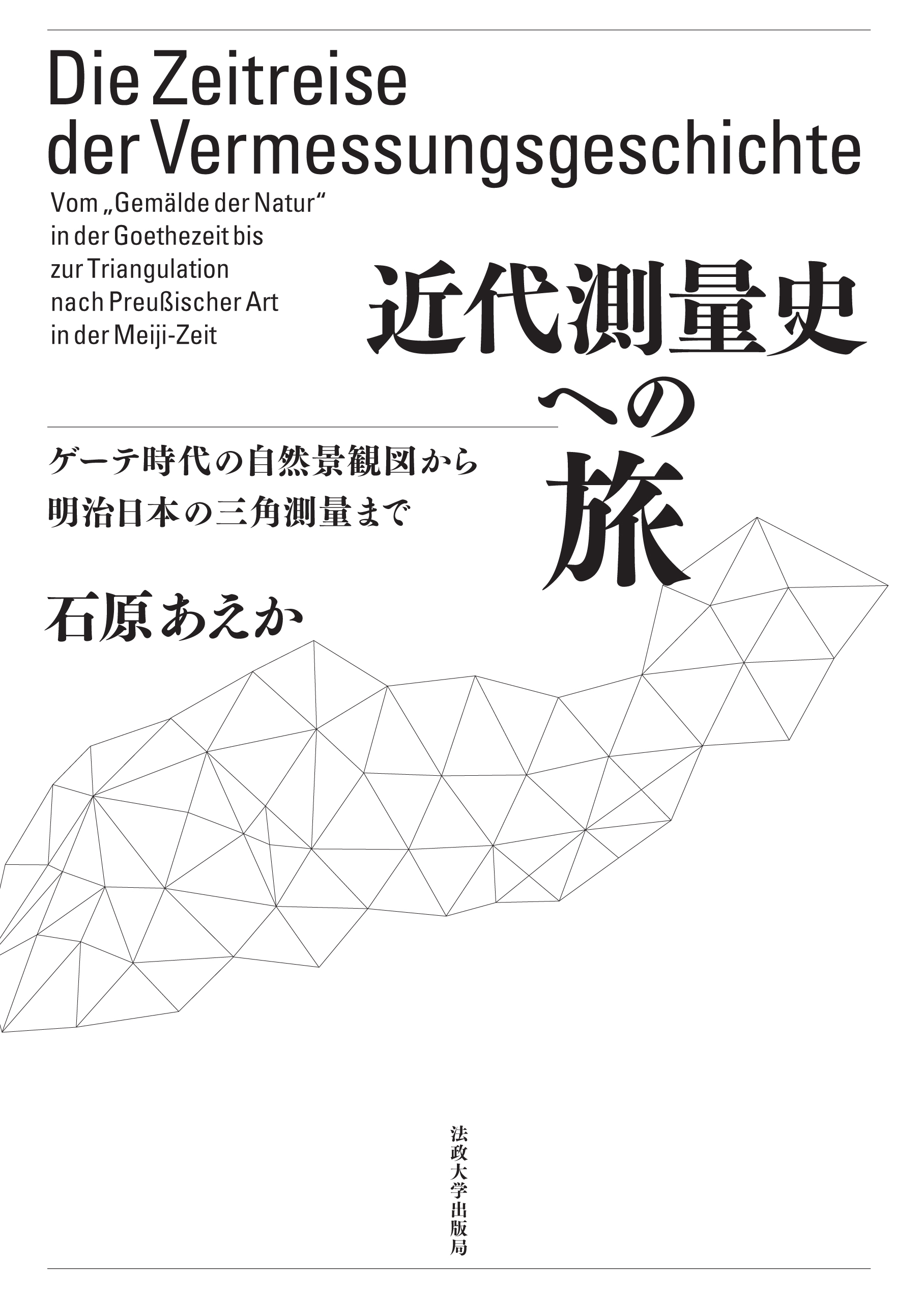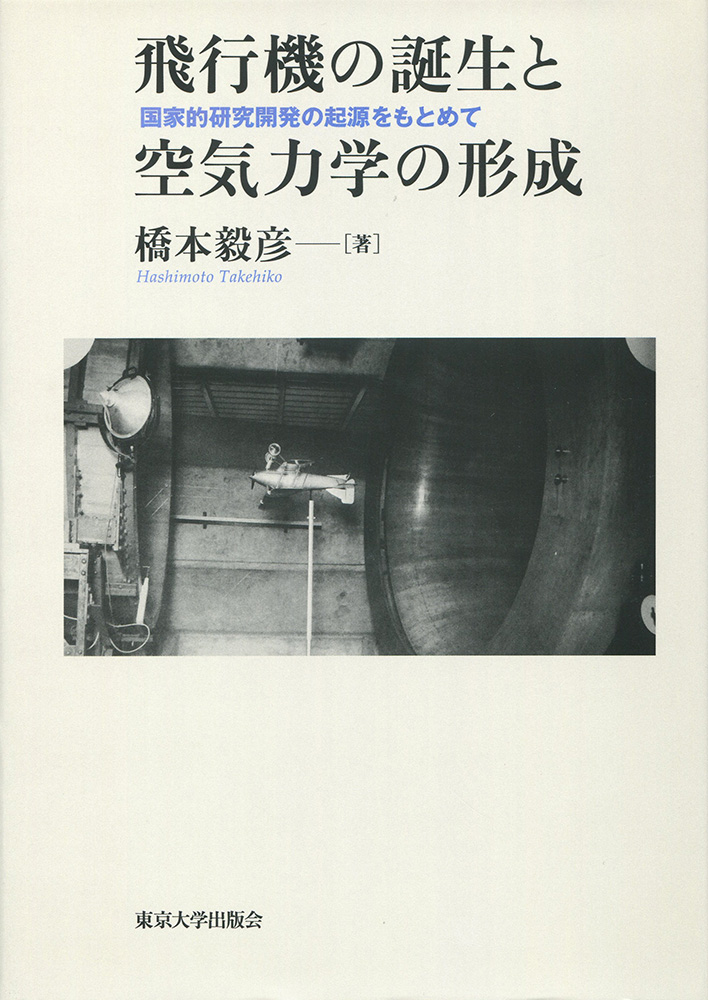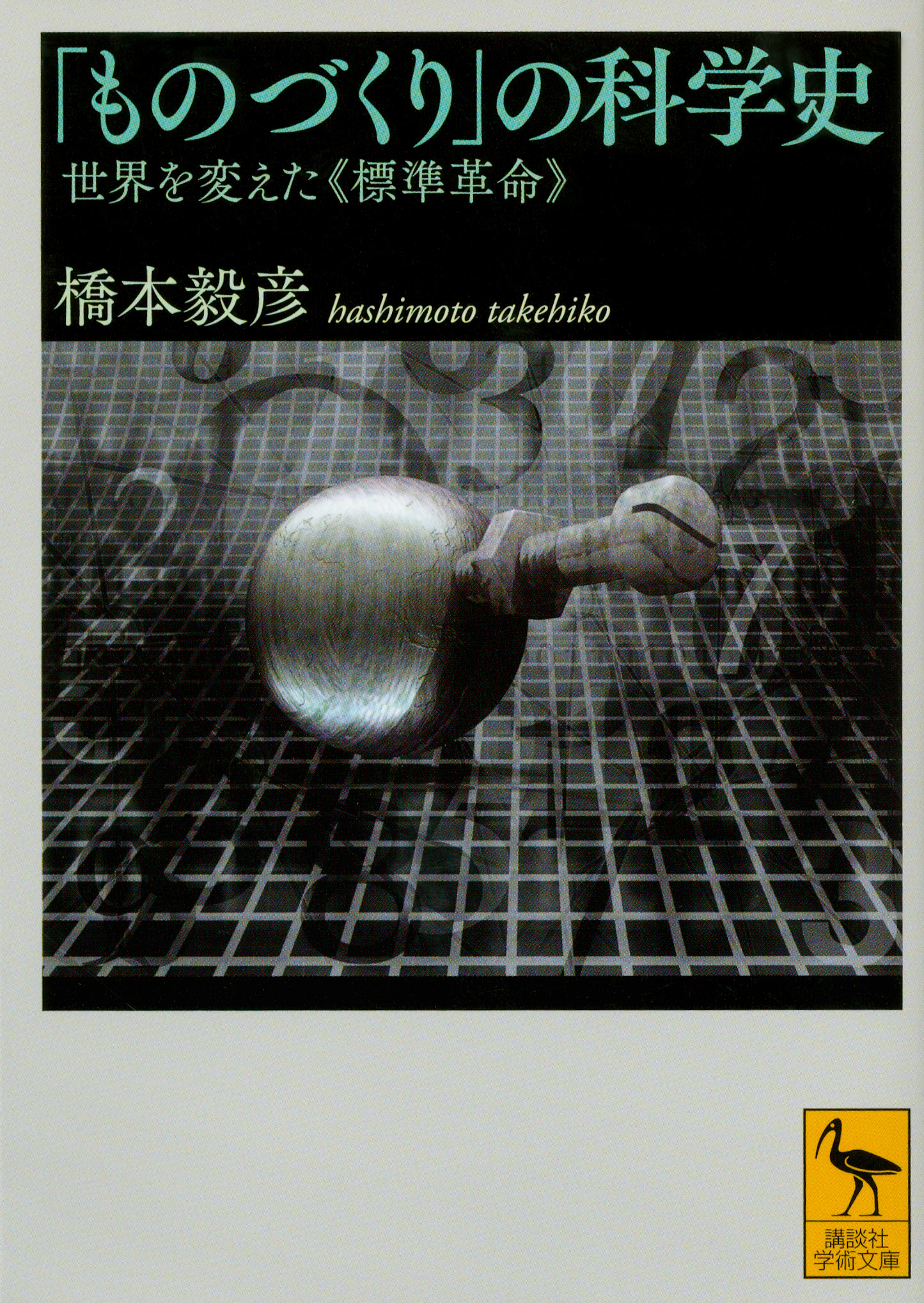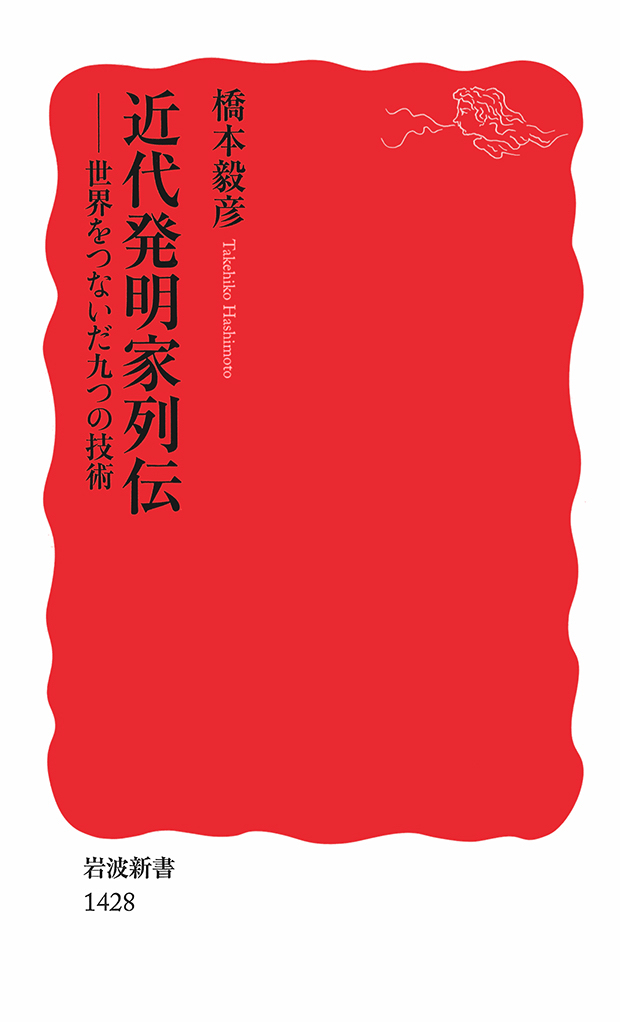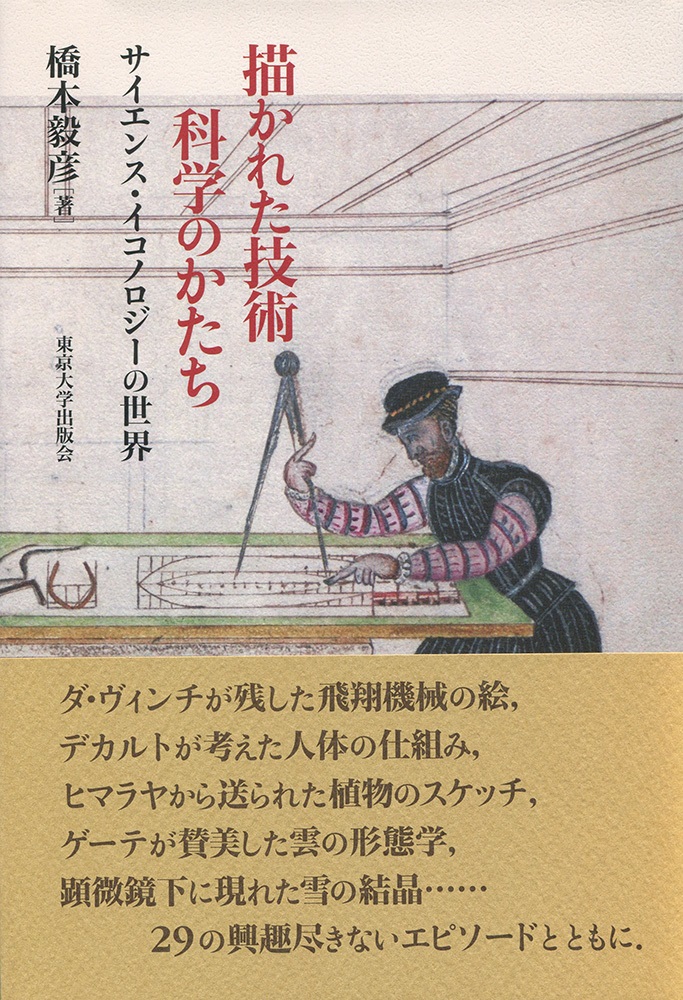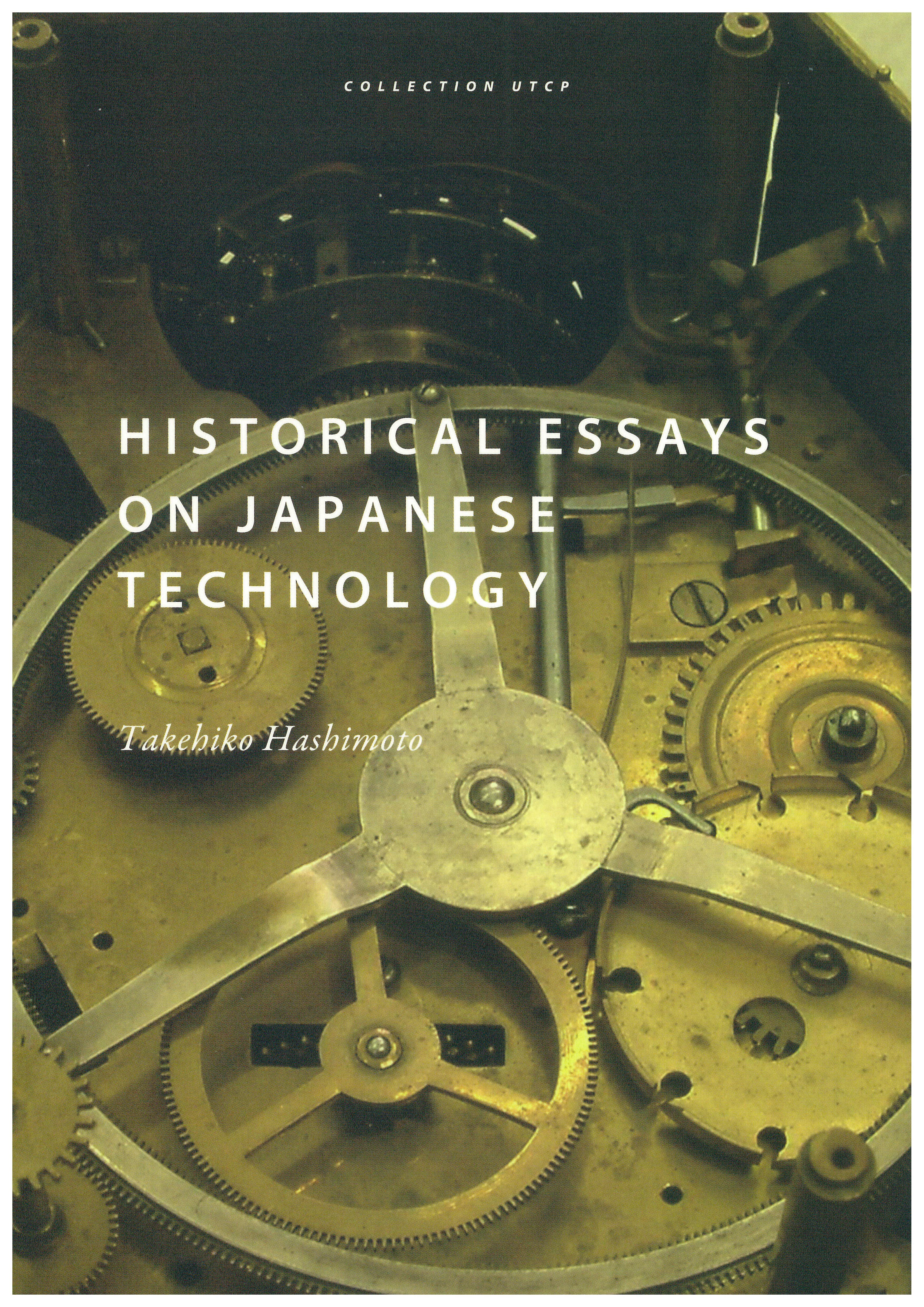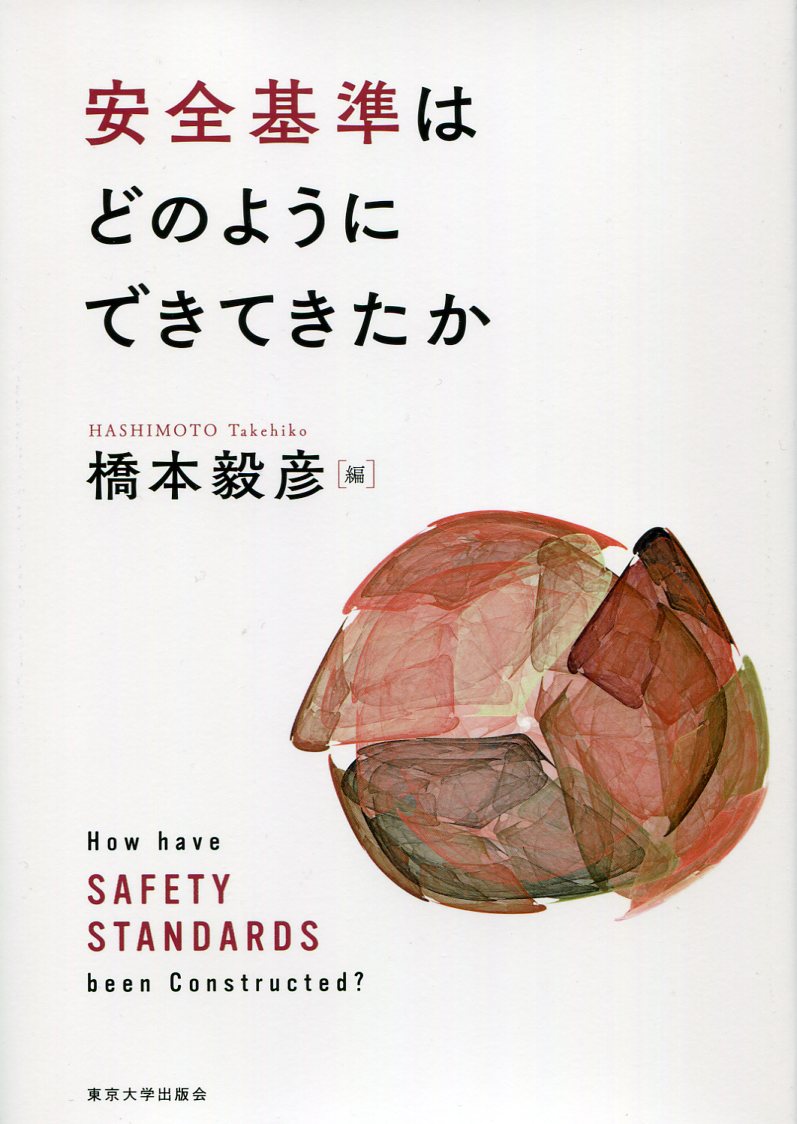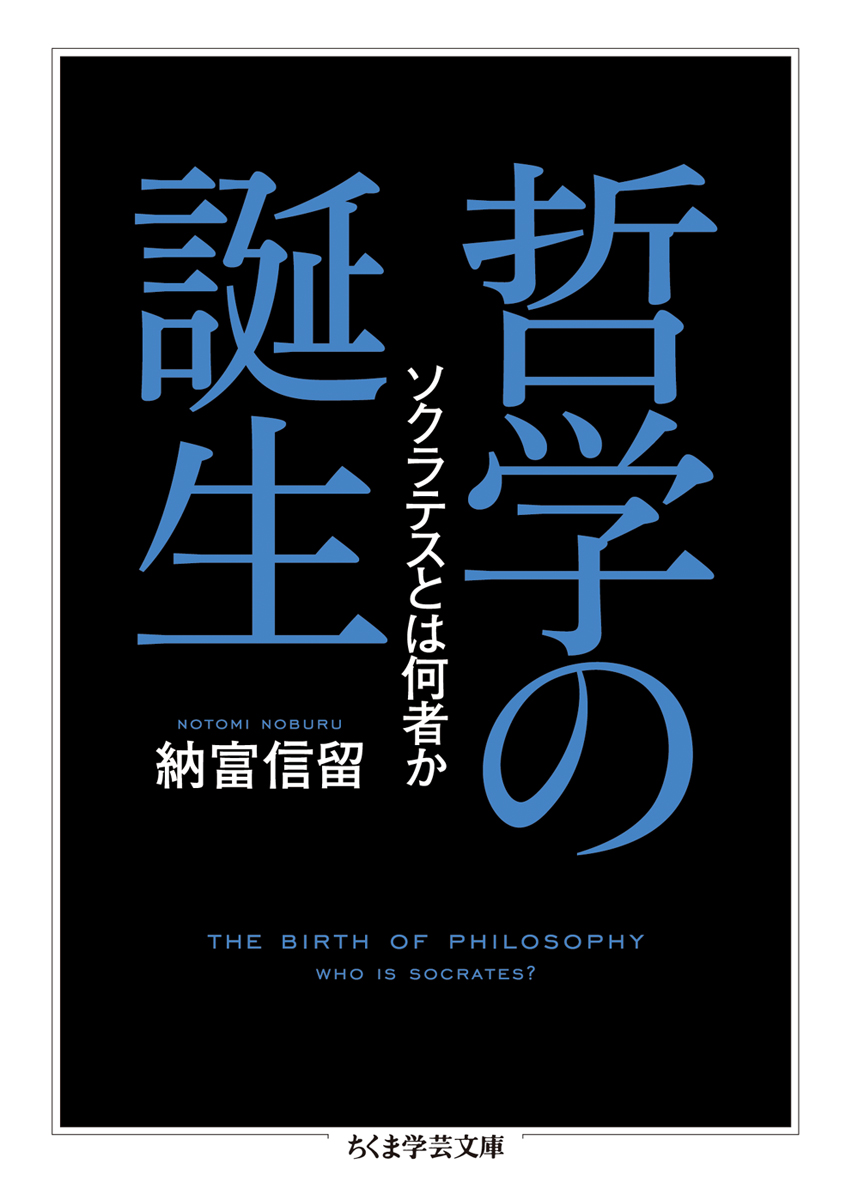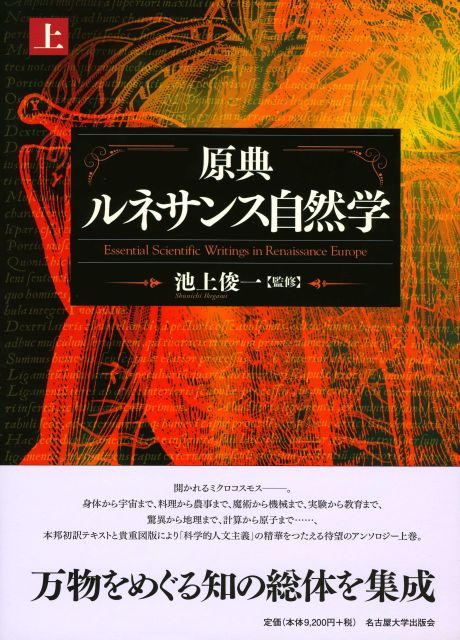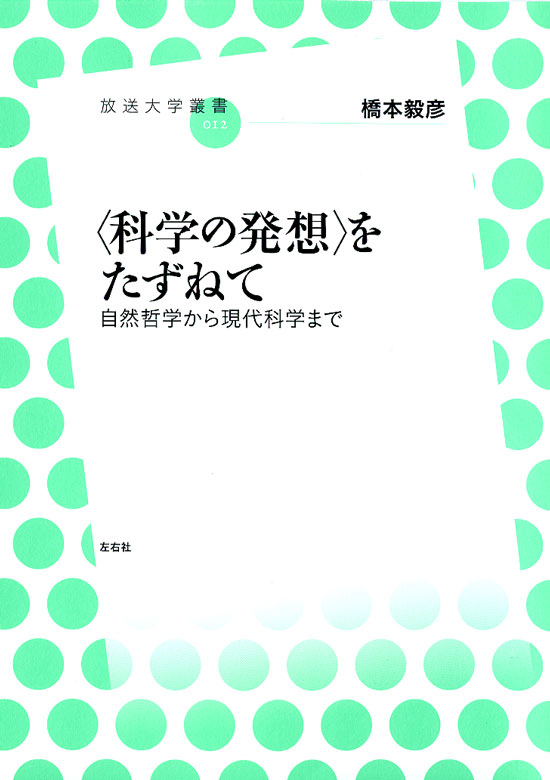
Title
Kagaku no Hassō wo Tazunete (Tracing the Origin of Scientific Ideas: From Natural Philosophy to Modern Science)
Size
232 pages, B6 format, softcover
Language
Japanese
Released
October 12, 2010
ISBN
978-4-903500-42-3
Published by
Sayusha
Book Info
See Book Availability at Library
Japanese Page
This book traces the historical development of science from ancient Greece to modern times, mainly focusing on the evolution of physics and astronomy. It was originally published as a textbook for the Open University of Japan titled A Survey History of Physical Science (later A Survey History of Physics and Chemistry), and is republished by Sayusha with a new title. It is used as a textbook for my course on the history of science at the University of Tokyo every year. A certain part of its contents derives from what I had learned at a course on the history of science offered at an American university. The book begins with chapters on natural philosophy and astronomy in ancient Greece, medieval Islam and Western Europe, and in ancient and medieval China. This is followed by the explanations of the Scientific Revolution in the 16th and 17th centuries, introducing the works of such scientists as Copernicus, Kepler, Galileo, Descartes, and Newton. It then follows the subsequent path of scientific development through which new theories were successively constructed in the fields of physics and chemistry. Before these contemporary topics, the book contains a chapter on the emergence of theories of classical physics in the early part of the 19th century. It explains, for instance, the transition from the caloric theory of heat which presupposed a virtual substance, the so-called caloric, to the mechanical theory of heat which regarded heat as random movements of microscopic molecules. The author intends to remind readers of the importance to recognize that old theories were in fact more rationally constructed than they seem to us, whereas new theories might have been considered less reasonable at the time. Towards its end, the book explains about the birth of relativity theory and quantum mechanics, as well as about the scientists’ involvement with the development of the atomic bomb. It not only describes how scientists were mobilized to develop the bomb, but also how they thought about the use of the bomb and nuclear power in general. Mentioning this less well-known episode in the tragic story, it intends to encourage student-readers to consider about the social responsibility of scientists.
(Written by Takehiko Hashimoto, Professor, Graduate School of Arts and Sciences / 2018)



 Find a book
Find a book


